T3, Free
(Specimen Container)
SST (Tiger Top)/ Lithium Heparin/ Sodium Heparin/ Potassium EDTA
(Transport Temperature)
| Temperature | Period |
|---|---|
| Room temperature | Unacceptable |
| Refrigerated | 7 days |
| Frozen | If testing will be delayed more than 6 days, specimens should be frozen at -10°C or colder |
3,5,3′ Triiodothyronine (T3) is a thyroid hormone with a molecular weight of 651 daltons and a half-life in serum of 1.5 days. T3 circulates in the blood as an equilibrium mixture of free and protein bound hormone. T3 is bound to thyroxine binding globulin (TBG), prealbumin, and albumin. The actual distribution of T3 among these binding proteins is controversial as estimates range from 38-80% for TBG, 9-27% for prealbumin, and 11-35% for albumin. The binding of these proteins is such that only 0.2-0.4% of the total T3 is present in solution as unbound or free T3. This free fraction represents the physiologically active thyroid hormone. Free T3 is typically elevated to a greater degree than free thyroxine (T4) in Graves’ disease. Occasionally, free T3 alone is elevated (T3 thyrotoxicosis) in about 5% of the hyperthyroid population.
In contrast, levels of free T4 are elevated to a greater degree than free T3 in toxic multinodular goiter and excessive T4 therapy. Serum free T3 is useful in distinguishing these forms of hyperthyroidism. Free T3 may also be important in monitoring patients on anti-thyroid therapy where treatment is focused on reducing the T3 production and the T4 conversion to T3. Serum free T3 may also be useful in assessing the severity of the thyrotoxic state. The Alinity i Free T3 assay is to be used as an aid in the assessment of thyroid status.
1.58 – 3.91 pg/mL

